[caption id=“attachment_9567741” align=“alignnone” width=“1280”] The Chernobyl nuclear disaster took place on 26 April, 1986 - exactly 35 years ago. The power plant is located near the town of Pripyat and consisted of four reactors. Each reactor was capable of producing 1,000 megawatts of electric power. The disaster took place in reactor No. 4. It is the worst nuclear disaster in the history of the Soviet Union. Image credit: Eamonn Butler /Flickr[/caption] [caption id="" align=“alignnone” width=“1280”]
 A large amount of radioactive material (50 and 185 million curies of radionuclides) was released into the atmosphere. This was several times more radioactive than the atomic bombs dropped on Hiroshima and Nagasaki, Japan. The radiation was carried to surrounding countries - Belarus, Russia, and Ukraine and as far as France and Italy - by air currents. Image credit: Ian Bancroft/Flickr[/caption] [caption id=“attachment_9567711” align=“alignnone” width=“1280”]
A large amount of radioactive material (50 and 185 million curies of radionuclides) was released into the atmosphere. This was several times more radioactive than the atomic bombs dropped on Hiroshima and Nagasaki, Japan. The radiation was carried to surrounding countries - Belarus, Russia, and Ukraine and as far as France and Italy - by air currents. Image credit: Ian Bancroft/Flickr[/caption] [caption id=“attachment_9567711” align=“alignnone” width=“1280”] The residents of Pripyat (around 49,360 people) were evacuated the next day. However, two million residents of Kyiv that stayed 104 km from the site, weren’t informed of the disaster despite the danger of radiation. Image credit: Ian Bancroft/Flickr[/caption] [caption id="" align=“alignnone” width=“1280”]
The residents of Pripyat (around 49,360 people) were evacuated the next day. However, two million residents of Kyiv that stayed 104 km from the site, weren’t informed of the disaster despite the danger of radiation. Image credit: Ian Bancroft/Flickr[/caption] [caption id="" align=“alignnone” width=“1280”]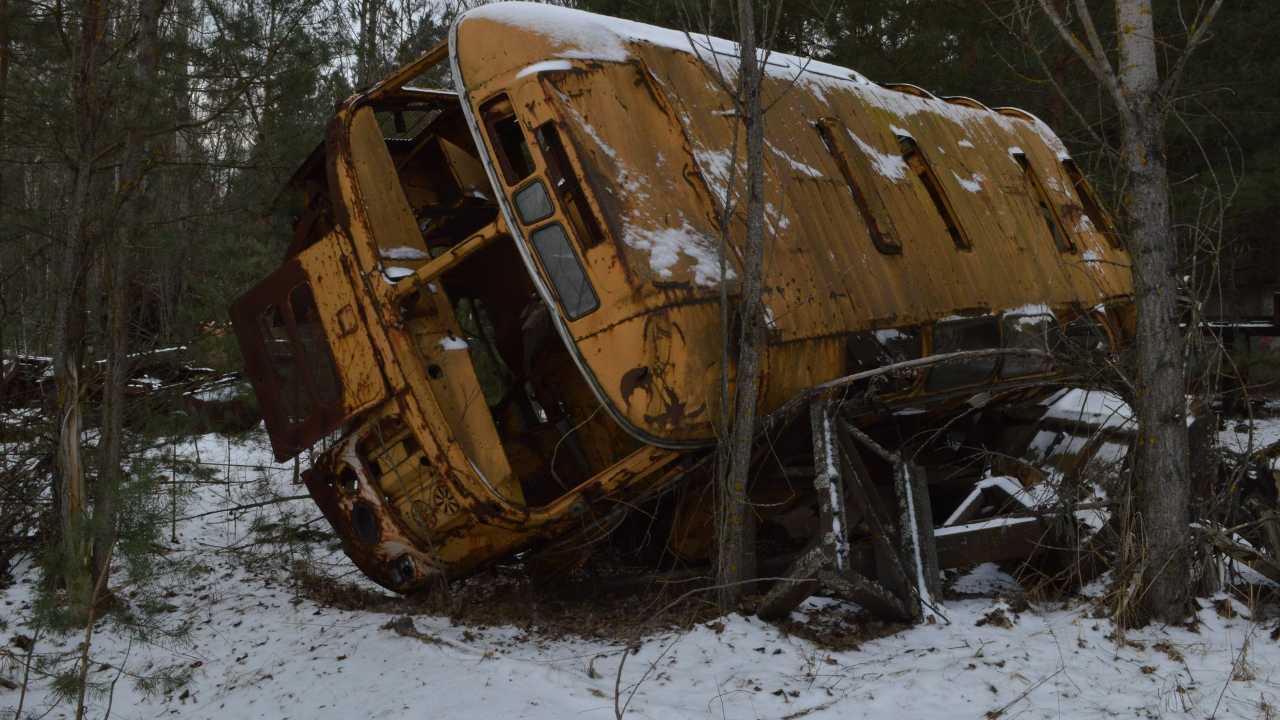 Over the next few months, a total of two million people are believed to have been relocated as a result of the accident. Ukrainian authorities say the area maybe not be fit for humans for 24,000 years. Everything within a 30-kilometre radius of the power plant has been declared no man’s land, and an exclusion zone has been created. Image credit: Ian Bancroft/Flickr[/caption] [caption id="" align=“alignnone” width=“1280”]
Over the next few months, a total of two million people are believed to have been relocated as a result of the accident. Ukrainian authorities say the area maybe not be fit for humans for 24,000 years. Everything within a 30-kilometre radius of the power plant has been declared no man’s land, and an exclusion zone has been created. Image credit: Ian Bancroft/Flickr[/caption] [caption id="" align=“alignnone” width=“1280”]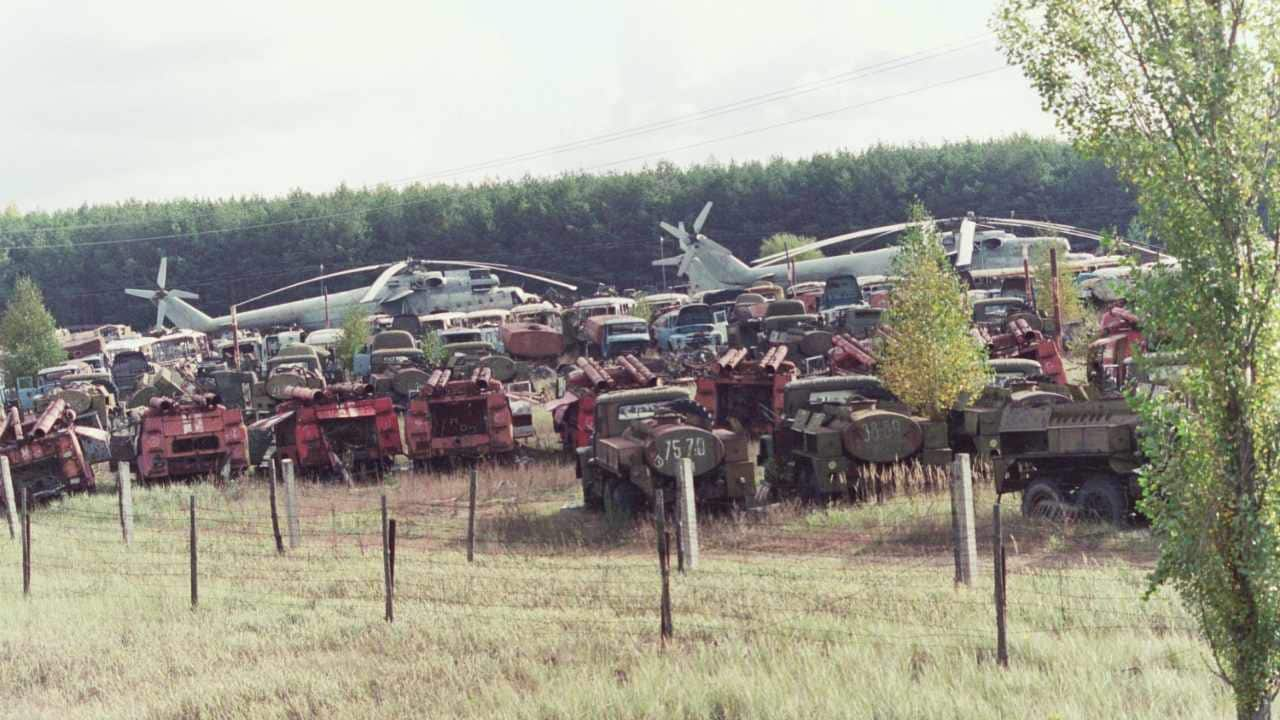 To contain the radiation, Reactor No. 4 was entombed in a hastily-created ‘sarcophagus’ made of concrete and steel. It was later deemed structurally unsound and only had a lifespan of around 20 to 30 years. A second shelter, known as the New Safe Confinement, is being built and is supposed to last 100 years. It will be placed over the existing structure. This disaster was a unique event that led to major changes in safety culture and in industry cooperation, particularly between East and West before the end of the Soviet Union. Image credit: Carpetblogger/Flickr[/caption] [caption id=“attachment_9567791” align=“alignnone” width=“1280”]
To contain the radiation, Reactor No. 4 was entombed in a hastily-created ‘sarcophagus’ made of concrete and steel. It was later deemed structurally unsound and only had a lifespan of around 20 to 30 years. A second shelter, known as the New Safe Confinement, is being built and is supposed to last 100 years. It will be placed over the existing structure. This disaster was a unique event that led to major changes in safety culture and in industry cooperation, particularly between East and West before the end of the Soviet Union. Image credit: Carpetblogger/Flickr[/caption] [caption id=“attachment_9567791” align=“alignnone” width=“1280”]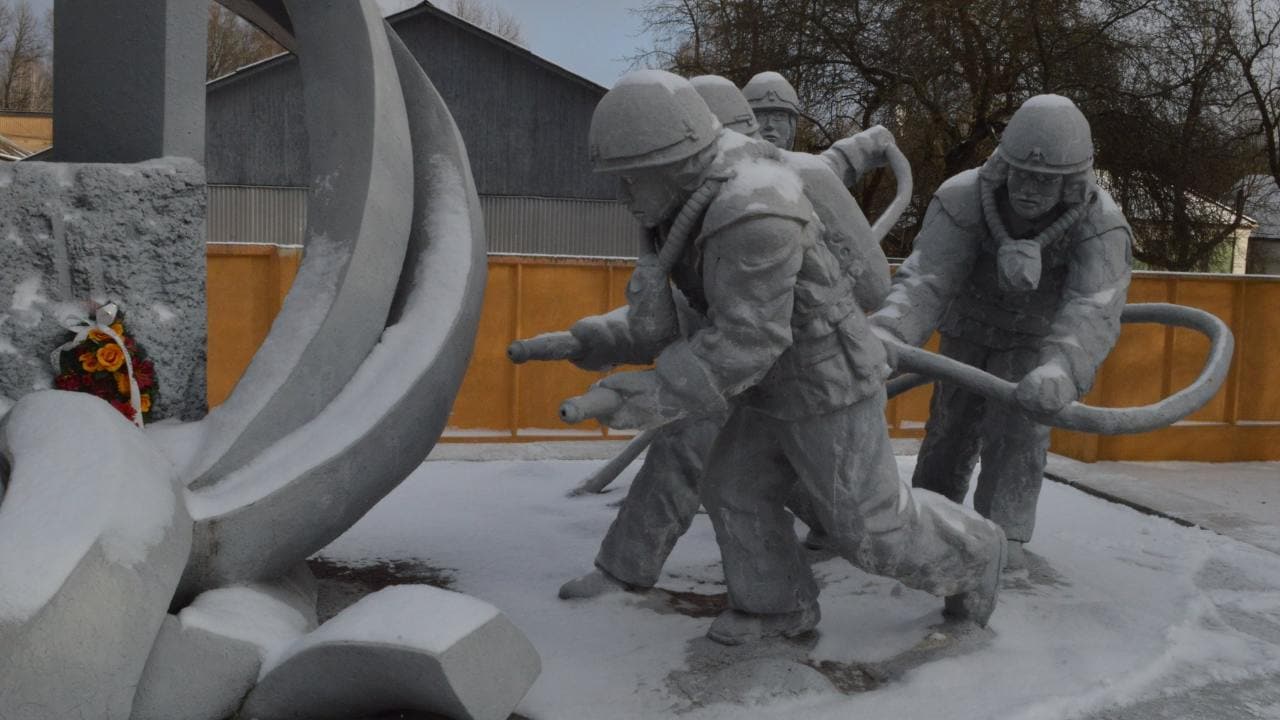 Two plant workers died as a direct result of the explosion, and 28 firemen and emergency clean-up workers died over the next three months. However, their deaths occurred due to Acute Radiation Sickness (ARS) and one due to cardiac arrest. Over the course of time, several thousand people suffered from radiation-induced illnesses, and at least 1,800 cases of thyroid cancer in children were documented. Image credit: Ian Bancroft/Flickr[/caption] [caption id=“attachment_9567771” align=“alignnone” width=“1280”]
Two plant workers died as a direct result of the explosion, and 28 firemen and emergency clean-up workers died over the next three months. However, their deaths occurred due to Acute Radiation Sickness (ARS) and one due to cardiac arrest. Over the course of time, several thousand people suffered from radiation-induced illnesses, and at least 1,800 cases of thyroid cancer in children were documented. Image credit: Ian Bancroft/Flickr[/caption] [caption id=“attachment_9567771” align=“alignnone” width=“1280”] The Pripyat amusement park is an abandoned park, located in Pripyat, that was supposed to have a grand opening on 1 May, 1986. However, plans were cancelled after the explosion took place a few kilometres away. The abandoned carousel is still left standing in the park as a chilling reminder of the disaster. Image credit: Ian Bancroft/Flickr[/caption] [caption id=“attachment_9567731” align=“alignnone” width=“1280”]
The Pripyat amusement park is an abandoned park, located in Pripyat, that was supposed to have a grand opening on 1 May, 1986. However, plans were cancelled after the explosion took place a few kilometres away. The abandoned carousel is still left standing in the park as a chilling reminder of the disaster. Image credit: Ian Bancroft/Flickr[/caption] [caption id=“attachment_9567731” align=“alignnone” width=“1280”]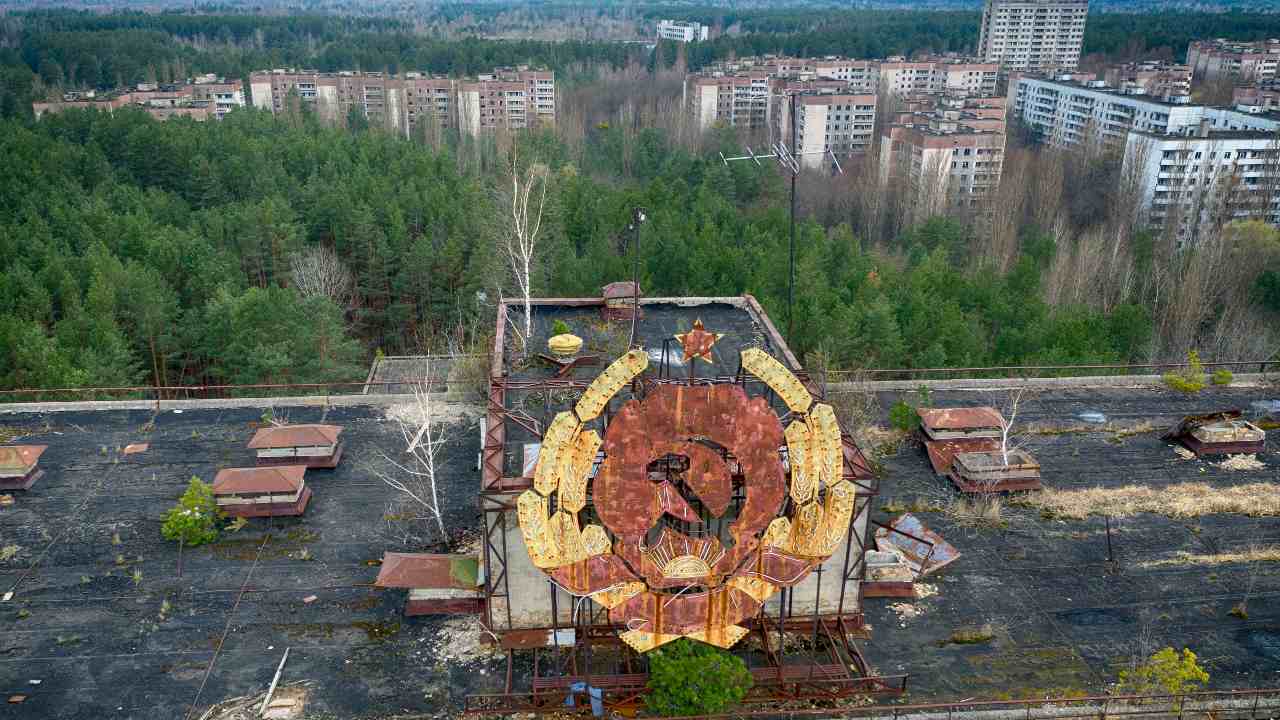 In 2011, Chernobyl was declared a tourist attraction, and visitors are allowed to visit the site. The Chernobyl zone saw an increase in tourism after the release of a mini-series in 2019. The radiation level is low enough for tourists to visit safely and workers to carry on with their jobs of disposing of waste and tending to the sarcophagus. Permanent residence in the area, however, is still banned. Image credit: AP Photo/Efrem Lukatsky[/caption] [caption id=“attachment_9567721” align=“alignnone” width=“1280”]
In 2011, Chernobyl was declared a tourist attraction, and visitors are allowed to visit the site. The Chernobyl zone saw an increase in tourism after the release of a mini-series in 2019. The radiation level is low enough for tourists to visit safely and workers to carry on with their jobs of disposing of waste and tending to the sarcophagus. Permanent residence in the area, however, is still banned. Image credit: AP Photo/Efrem Lukatsky[/caption] [caption id=“attachment_9567721” align=“alignnone” width=“1280”]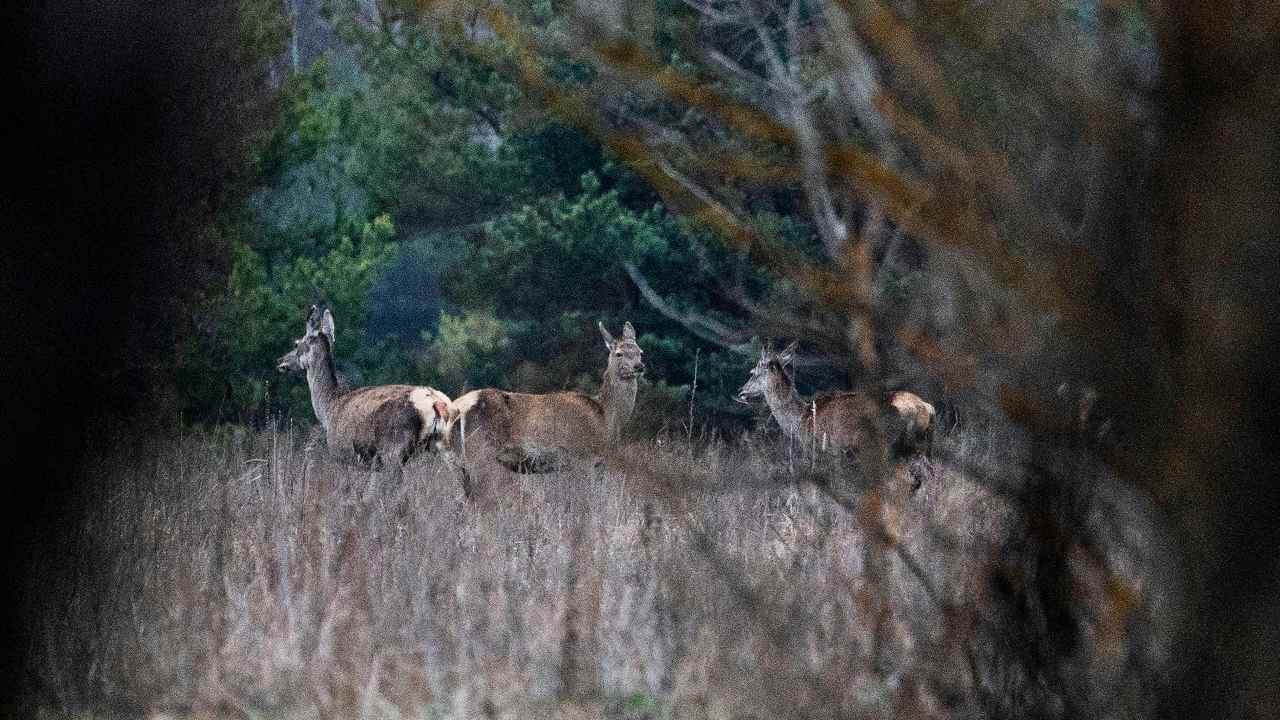 After the explosion, vegetation and wildlife in the area saw some mutations, including leaves changing shape and animals being born with physical deformities. Despite the radiation, animals are thriving in this untouched region. The area has turned into a giant reserve with animals such as elk, wolves, beavers, moose, wild boar, the Przewalski’s horses and several species of birds thriving, despite the radiation. Image credit: AP Photo/Evgeniy Maloletka[/caption] [caption id=“attachment_9567801” align=“alignnone” width=“1280”]
After the explosion, vegetation and wildlife in the area saw some mutations, including leaves changing shape and animals being born with physical deformities. Despite the radiation, animals are thriving in this untouched region. The area has turned into a giant reserve with animals such as elk, wolves, beavers, moose, wild boar, the Przewalski’s horses and several species of birds thriving, despite the radiation. Image credit: AP Photo/Evgeniy Maloletka[/caption] [caption id=“attachment_9567801” align=“alignnone” width=“1280”]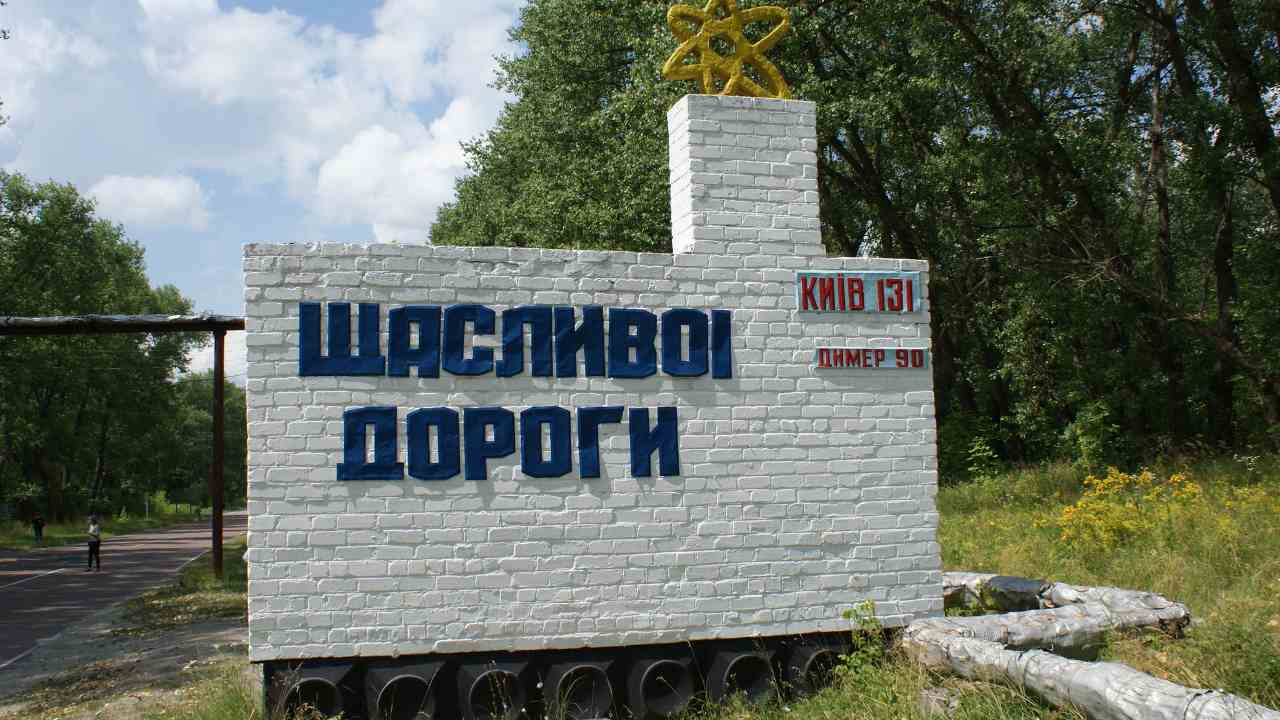
Reactor 1 remained online till 1996. Reactor 2 was shut down after a fire in 1991, and the third reactor was operational till 2000. The lengthy process of decommissioning the plant has begun and is supposed to go on till 2064. This process included removing and disposing of fuel and wastes, decontaminating the plant and the area around it, including soil or water that might be radioactive. Ukraine will use this deserted zone to store the spent fuel from the country’s four remaining nuclear power plants. Image credit: Eamonn Butler[/caption]
The Chernobyl nuclear disaster that took place on 26 April 1986 was a result of Cold War isolation and lack of safety culture.
Advertisement
End of Article


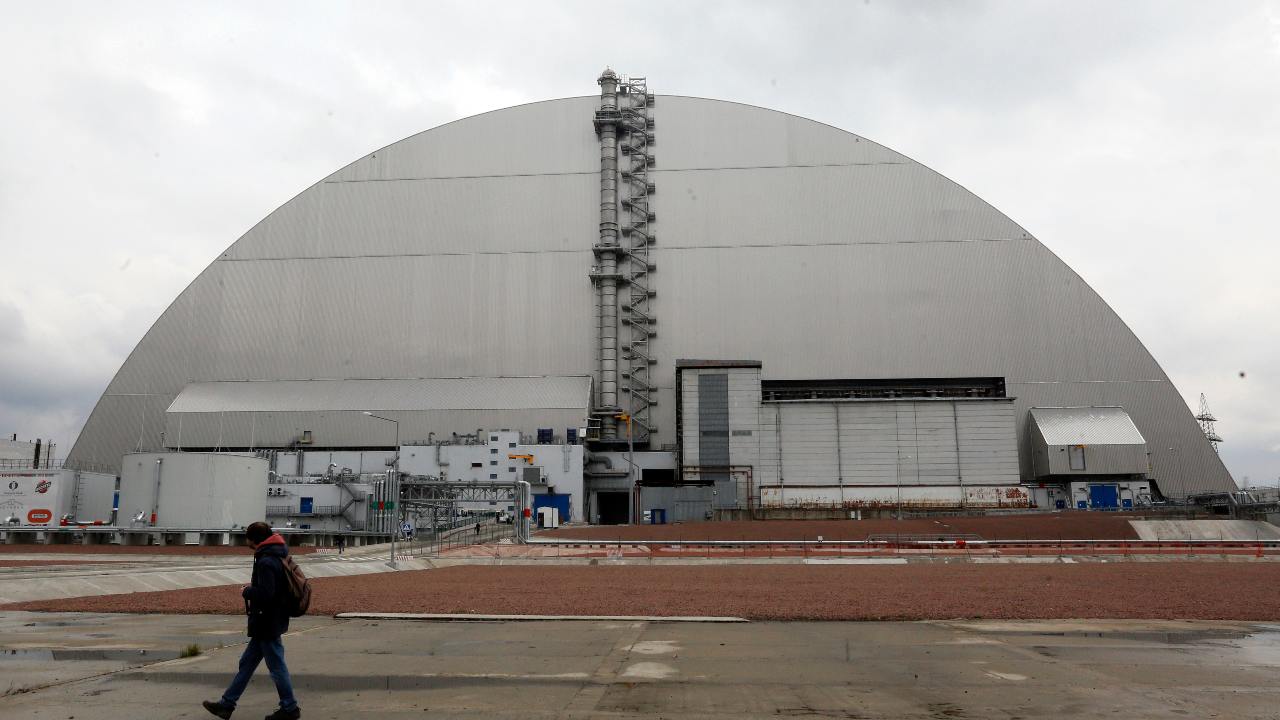)

)
)
)
)
)
)
)
)



